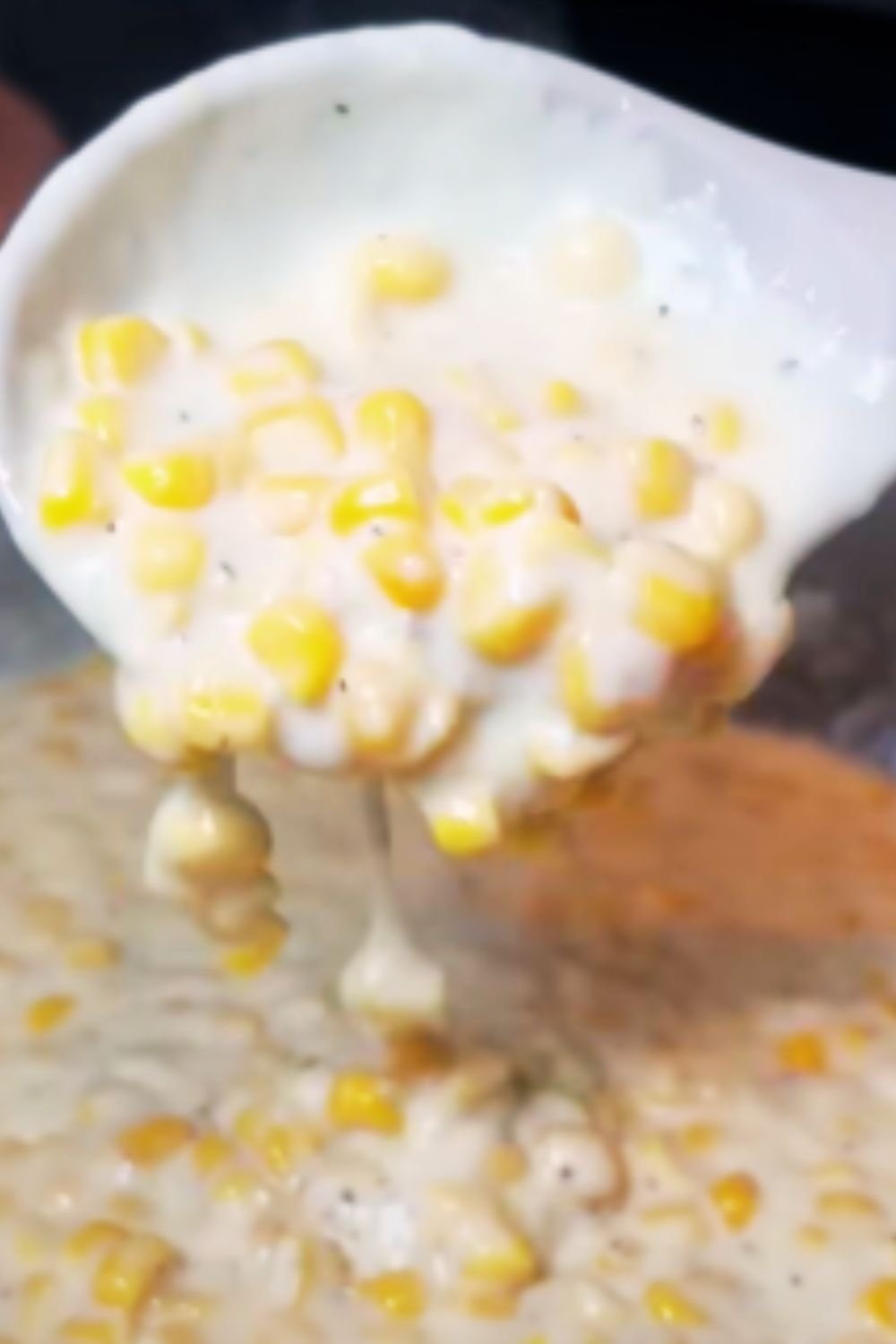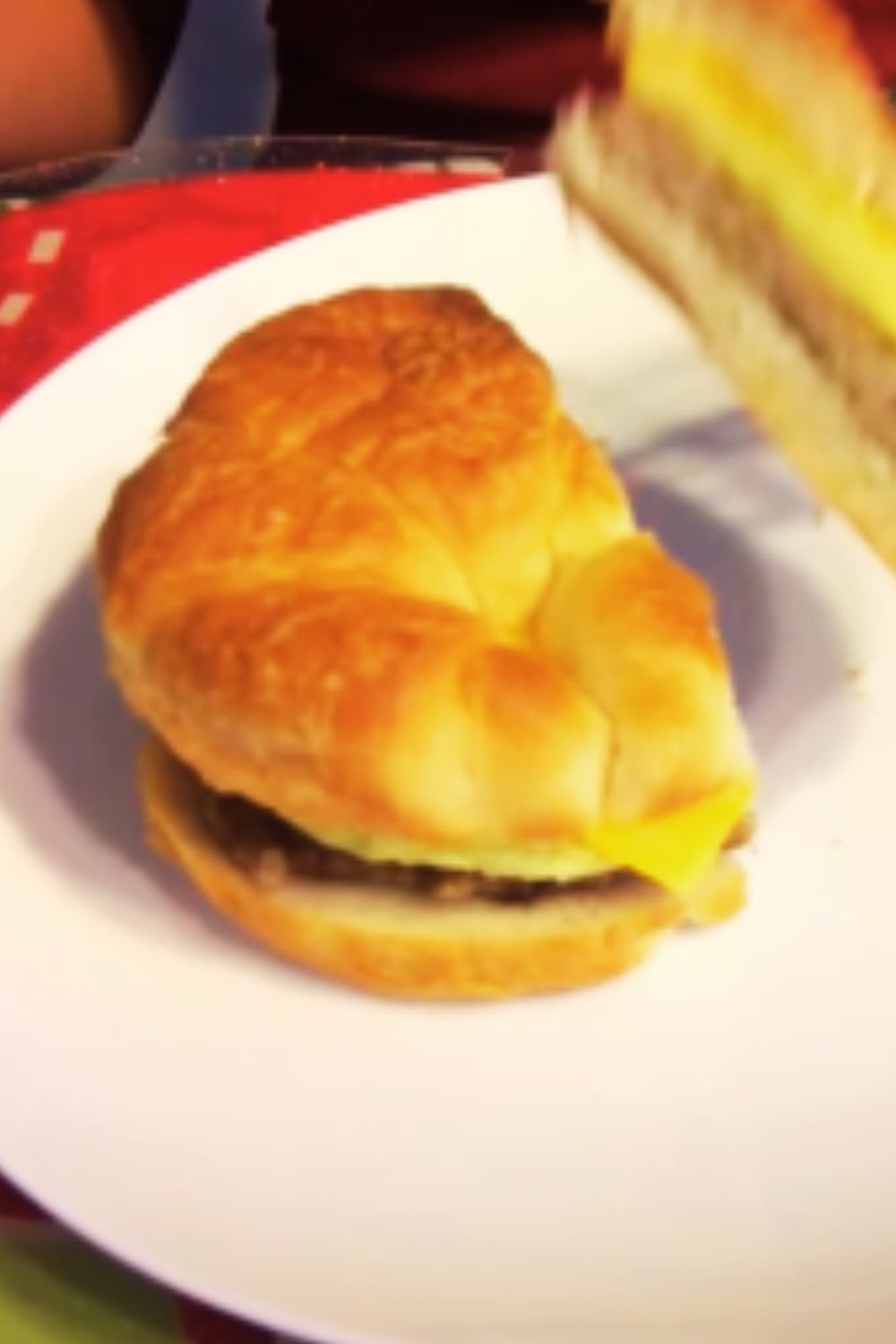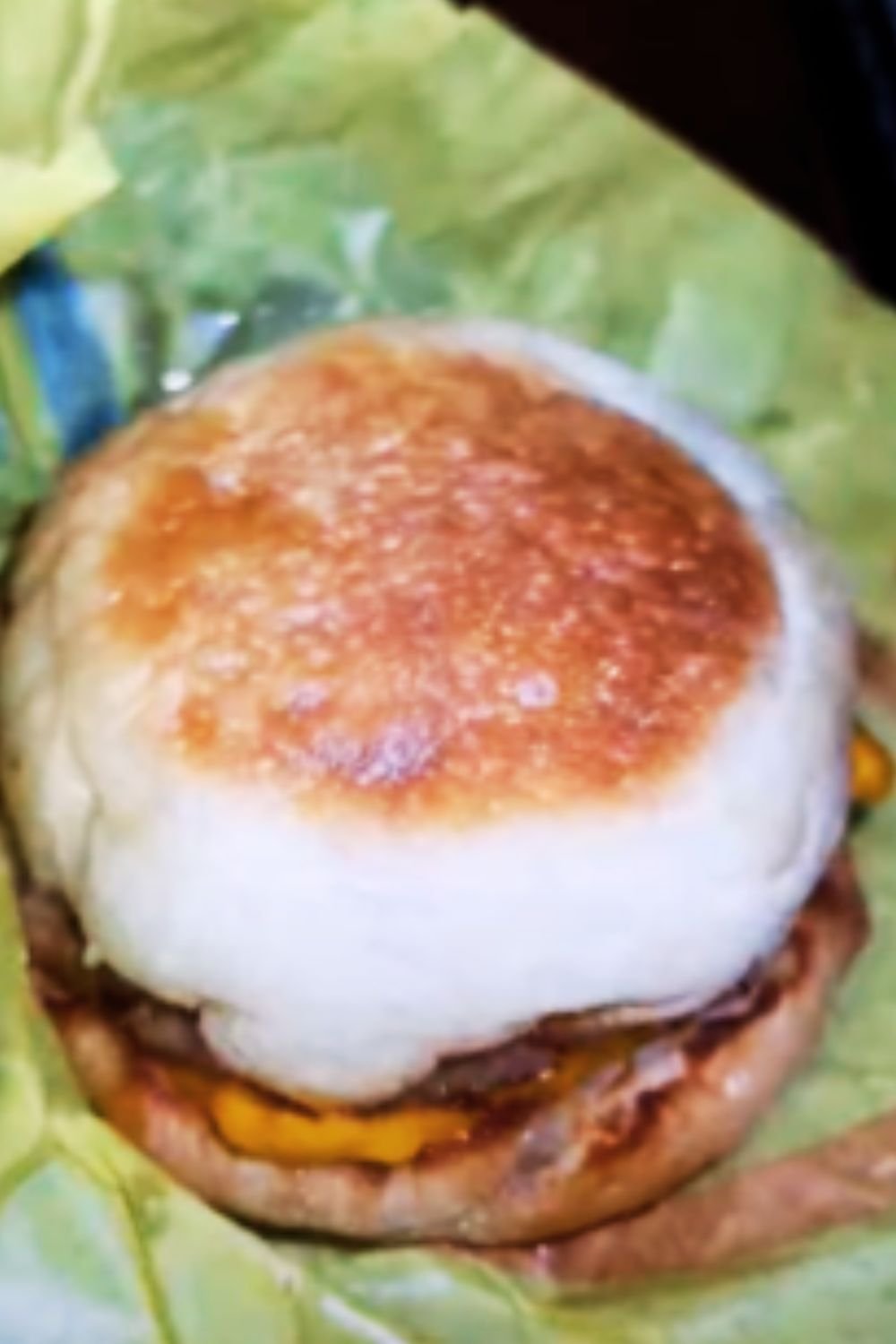When I first discovered cheesecake cookies, I knew I’d stumbled upon something truly magical. These delightful treats combine the rich, creamy essence of classic cheesecake with the convenient, portable format of cookies. After years of perfecting my recipe and technique, I’m excited to share everything I’ve learned about creating these irresistible desserts that never fail to impress.
The beauty of cheesecake cookies lies in their versatility and the way they capture the essence of traditional cheesecake in a bite-sized format. Unlike their cake counterpart, these cookies offer the perfect balance of tangy cream cheese filling and a buttery, crumbly base that melts in your mouth. I’ve served these at countless gatherings, and they consistently steal the show.
Understanding Cheesecake Cookies
Cheesecake cookies are soft, pillowy treats that feature a cream cheese-based dough enriched with the classic flavors found in traditional cheesecake. Unlike regular cookies, they maintain a tender, almost cake-like texture while delivering that distinctive tangy sweetness we associate with cheesecake.
Cream cheese base: The foundation of these cookies relies heavily on room temperature cream cheese, which creates the signature tangy flavor and ultra-soft texture.
Graham cracker element: Many variations incorporate graham cracker crumbs or a graham cracker crust layer, directly referencing the classic cheesecake experience.
Flavor profiles: These cookies can be adapted to include various cheesecake flavors such as vanilla, strawberry, chocolate, lemon, or even seasonal variations like pumpkin or eggnog.
Essential Ingredients and Their Roles
Creating perfect cheesecake cookies requires understanding how each ingredient contributes to the final product. Through my experimentation, I’ve learned that quality ingredients make an enormous difference in both taste and texture.
The cream cheese serves as the star ingredient, providing both flavor and structure. I always use full-fat cream cheese at room temperature, as this ensures smooth mixing and prevents lumps in the final dough. The tanginess from the cream cheese balances beautifully with the sweetness from the sugar.
Butter adds richness and helps create that tender crumb texture. I prefer unsalted butter so I can control the salt content precisely. The butter should also be at room temperature for optimal mixing.
Eggs bind everything together while adding moisture and richness. I typically use large eggs at room temperature, which incorporate more easily into the batter.
Vanilla extract enhances the overall flavor profile, while a pinch of salt brings out all the other flavors. For the flour, I use all-purpose flour and avoid over-mixing to prevent tough cookies.
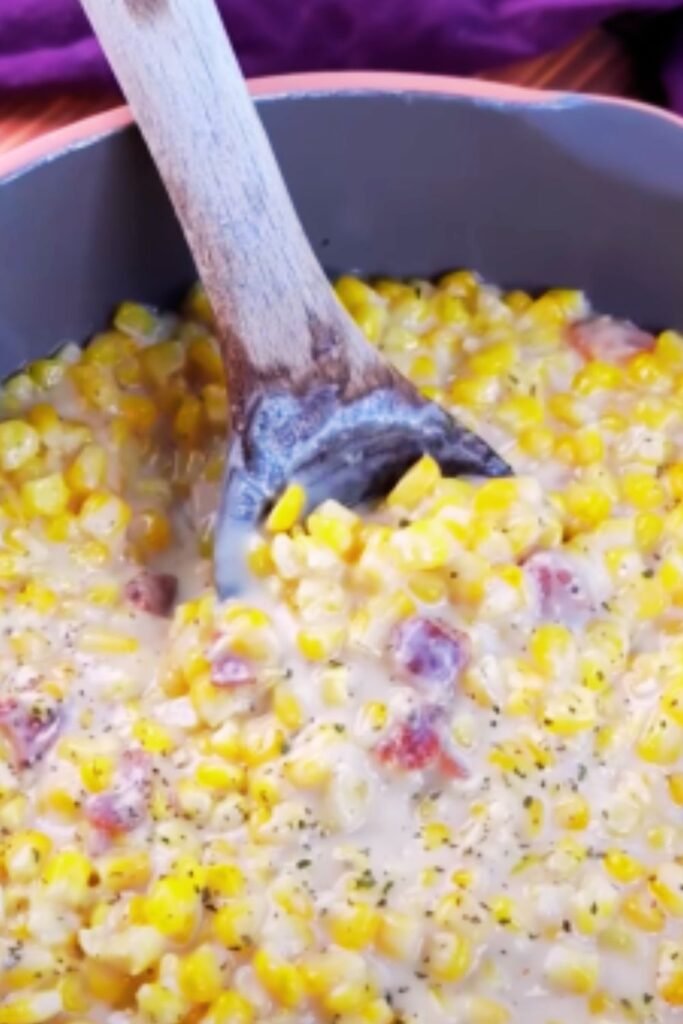
My Perfect Cheesecake Cookie Recipe
Here’s the recipe I’ve perfected over years of baking:
Ingredients:
- 8 oz cream cheese, room temperature
- 1/2 cup unsalted butter, room temperature
- 3/4 cup granulated sugar
- 1 large egg
- 1 teaspoon vanilla extract
- 1 1/2 cups all-purpose flour
- 1/2 teaspoon baking powder
- 1/4 teaspoon salt
- 1/2 cup graham cracker crumbs (optional)
- Powdered sugar for dusting
Instructions:
- Prepare your workspace: Preheat oven to 350°F (175°C). Line baking sheets with parchment paper.
- Cream the base: In a large bowl, beat cream cheese and butter until light and fluffy, about 3-4 minutes.
- Add sweetness: Gradually add granulated sugar, beating until well combined.
- Incorporate wet ingredients: Beat in egg and vanilla extract until fully incorporated.
- Combine dry ingredients: In a separate bowl, whisk together flour, baking powder, salt, and graham cracker crumbs if using.
- Form the dough: Gradually add dry ingredients to wet ingredients, mixing just until combined. Don’t overmix.
- Shape cookies: Using a cookie scoop or spoon, drop rounded tablespoons of dough onto prepared baking sheets, spacing them 2 inches apart.
- Bake to perfection: Bake for 10-12 minutes, until edges are lightly golden but centers still look slightly underbaked.
- Cool properly: Let cookies cool on baking sheet for 5 minutes before transferring to a wire rack.
- Final touch: Dust with powdered sugar once completely cooled.
Baking Tips and Techniques
Through countless batches, I’ve discovered several crucial techniques that separate good cheesecake cookies from exceptional ones.
Temperature control is absolutely critical. Room temperature ingredients mix more evenly and create a smoother batter. I take my cream cheese and eggs out of the refrigerator at least an hour before baking.
Don’t overbake these cookies. They should look slightly underdone when you remove them from the oven. The residual heat will finish cooking them as they cool, resulting in that perfect soft texture.
Chilling the dough for 30 minutes before baking helps prevent excessive spreading and creates a better shape. This step is particularly important if your kitchen is warm.

Nutritional Information and Dietary Considerations
| Nutrient | Per Cookie (makes 24) | Daily Value % |
|---|---|---|
| Calories | 185 | 9% |
| Total Fat | 8g | 10% |
| Saturated Fat | 5g | 25% |
| Cholesterol | 35mg | 12% |
| Sodium | 95mg | 4% |
| Total Carbohydrates | 26g | 9% |
| Dietary Fiber | 0.5g | 2% |
| Total Sugars | 14g | – |
| Protein | 3g | 6% |
| Calcium | 45mg | 3% |
| Iron | 0.8mg | 4% |
These cookies are naturally vegetarian and can be adapted for various dietary needs. For gluten-free versions, I substitute the all-purpose flour with a quality gluten-free flour blend. Reduced-fat cream cheese can be used, though it slightly affects the texture and richness.
Flavor Variations and Creative Twists
One of my favorite aspects of cheesecake cookies is their adaptability. Here are some variations I’ve developed:
Strawberry Cheesecake Cookies: Add 1/4 cup freeze-dried strawberry powder to the dry ingredients and fold in 1/2 cup diced fresh strawberries.
Chocolate Chip Cheesecake: Fold in 3/4 cup mini chocolate chips for a delightful contrast.
Lemon Cheesecake: Add 2 tablespoons lemon zest and 1 tablespoon fresh lemon juice to brighten the flavor.
Cinnamon Roll Cheesecake: Swirl cinnamon sugar through the dough and top with a simple glaze.
Pumpkin Spice Cheesecake: Add 1/4 cup pumpkin puree and 1 teaspoon pumpkin pie spice for a fall twist.
Storage and Freshness Tips
| Storage Method | Duration | Best Practices |
|---|---|---|
| Room Temperature | 3-4 days | Airtight container, single layer |
| Refrigerator | 1 week | Covered container, parchment between layers |
| Freezer | 3 months | Freezer-safe container, individually wrapped |
| Cookie Dough | 3 days refrigerated | Wrapped tightly in plastic wrap |
| Cookie Dough Frozen | 3 months | Portion into balls, freeze on tray first |
Proper storage maintains that perfect soft texture. I always ensure my cookies are completely cooled before storing to prevent condensation and sogginess.
Troubleshooting Common Issues
Cookies spreading too much: This usually indicates the dough is too warm or the butter was too soft. Chill the dough and ensure ingredients are at proper temperature.
Dry, crumbly texture: Often caused by overbaking or using low-fat cream cheese. Reduce baking time and use full-fat ingredients.
Lumpy batter: Cream cheese wasn’t at room temperature. Always allow ingredients to come to room temperature before mixing.
Cookies too sweet: Balance with a pinch more salt or add a tablespoon of lemon juice to cut through the sweetness.
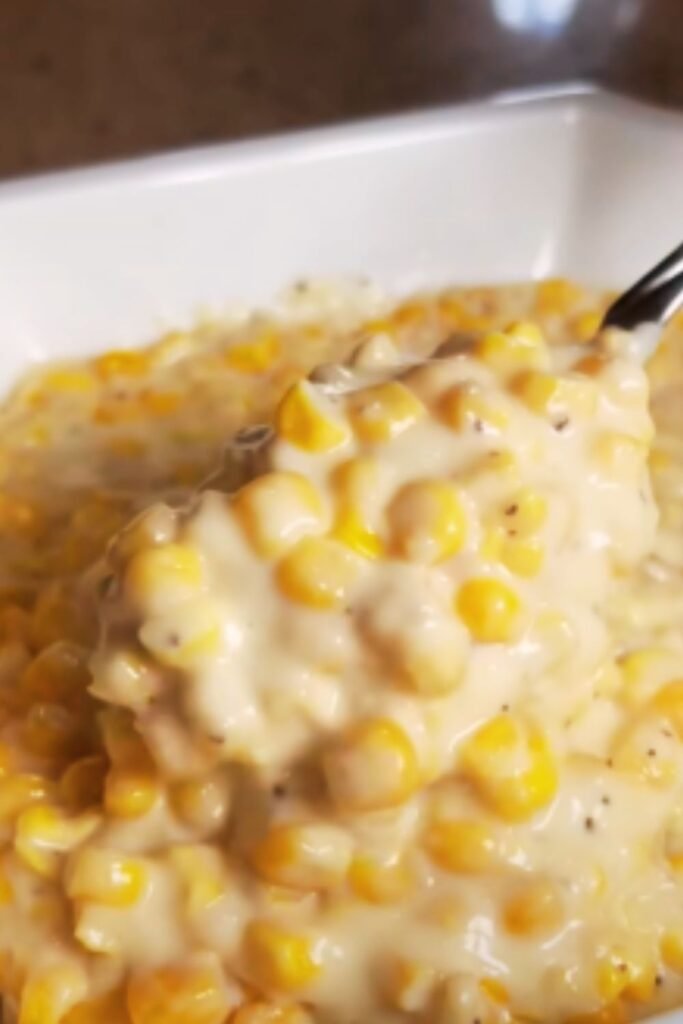
Serving Suggestions and Presentation Ideas
These cookies shine in various serving scenarios. For casual gatherings, I arrange them on a simple platter dusted with powdered sugar. For more elegant occasions, I drizzle them with berry coulis or serve alongside fresh fruit.
They pair beautifully with coffee, tea, or cold milk. I’ve also crumbled them over vanilla ice cream for an impromptu cheesecake sundae. During holidays, I shape them into festive forms using cookie cutters before baking.
For gift-giving, I package them in decorative boxes with parchment paper between layers. They travel well and maintain their texture for several days when properly stored.
Advanced Techniques for Perfect Results
To achieve bakery-quality results, I’ve developed several advanced techniques. Using a kitchen scale for precise measurements ensures consistency between batches. I also recommend using parchment paper rather than greased pans for even browning and easy removal.
For uniform sizing, I use a cookie scoop, which creates consistent portions and professional-looking results. This also helps ensure even baking times across the entire batch.
Temperature monitoring is crucial. I use an oven thermometer to verify accuracy, as many home ovens run hot or cold. Rotating the baking sheets halfway through baking promotes even browning.
The Science Behind Perfect Cheesecake Cookies
Understanding the science helps explain why these techniques work. Cream cheese contains both fat and protein, which contribute to the tender texture and rich flavor. The protein structure is delicate, which is why we avoid overmixing.
The graham cracker crumbs add texture and authentic cheesecake flavor while also absorbing some moisture, helping achieve the ideal consistency. The slight underbaking allows the cookies to finish cooking with residual heat while maintaining moisture.
Sugar not only sweetens but also tenderizes by interfering with gluten development. This is why the texture remains soft rather than crispy like traditional cookies.
Seasonal Adaptations and Holiday Versions
I love adapting these cookies for different seasons and holidays. During autumn, I incorporate pumpkin puree and warm spices. Winter calls for eggnog flavoring and a sprinkle of nutmeg. Spring brings lemon zest and fresh berry additions, while summer features tropical flavors like coconut or key lime.
For holidays, I use natural food coloring to create themed variations. Red velvet cheesecake cookies for Valentine’s Day, green-tinted versions for St. Patrick’s Day, and orange-spiced varieties for Halloween.
Professional Tips from My Kitchen
After years of perfecting these cookies, I’ve learned that patience is key. Rushing the process by using cold ingredients or not allowing proper cooling time affects the final result.
I always make extra dough because these cookies disappear quickly. The dough freezes beautifully, allowing me to have fresh cookies whenever the craving strikes.
Quality ingredients make a noticeable difference. I invest in good vanilla extract, real butter, and name-brand cream cheese for the best results.
Frequently Asked Questions
Q: Can I make these cookies ahead of time? A: Absolutely! You can prepare the dough up to three days in advance and store it covered in the refrigerator. You can also freeze baked cookies for up to three months.
Q: Why are my cookies too soft and falling apart? A: This usually indicates underbaking or using too much liquid in the recipe. Bake for an additional minute or two, and ensure you’re measuring ingredients accurately.
Q: Can I substitute low-fat cream cheese? A: While possible, I don’t recommend it as it significantly affects both taste and texture. The cookies may become less rich and more prone to cracking.
Q: How do I prevent my cookies from spreading too much? A: Chill your dough for 30 minutes before baking, and ensure your oven is properly preheated. Also, check that your baking powder is fresh.
Q: Can I add mix-ins like chocolate chips or nuts? A: Yes! Fold in up to 3/4 cup of your favorite add-ins after combining the wet and dry ingredients.
Q: Why do my cookies look pale even after baking? A: Cheesecake cookies don’t brown as much as regular cookies due to their high moisture content. Look for lightly golden edges rather than deep browning.
Q: How can I make these cookies more tangy like traditional cheesecake? A: Add an extra tablespoon of cream cheese or a teaspoon of lemon juice to enhance the tangy flavor profile.
Q: Is it normal for the dough to be quite soft? A: Yes, the dough will be softer than traditional cookie dough due to the cream cheese content. This is what creates the tender, cake-like texture.
These cheesecake cookies have become one of my signature desserts, and I hope they bring as much joy to your kitchen as they have to mine. The combination of creamy richness and convenient portability makes them perfect for any occasion, from casual family dinners to elegant dinner parties. With practice and attention to detail, you’ll soon be creating bakery-quality treats that will have everyone asking for the recipe.
